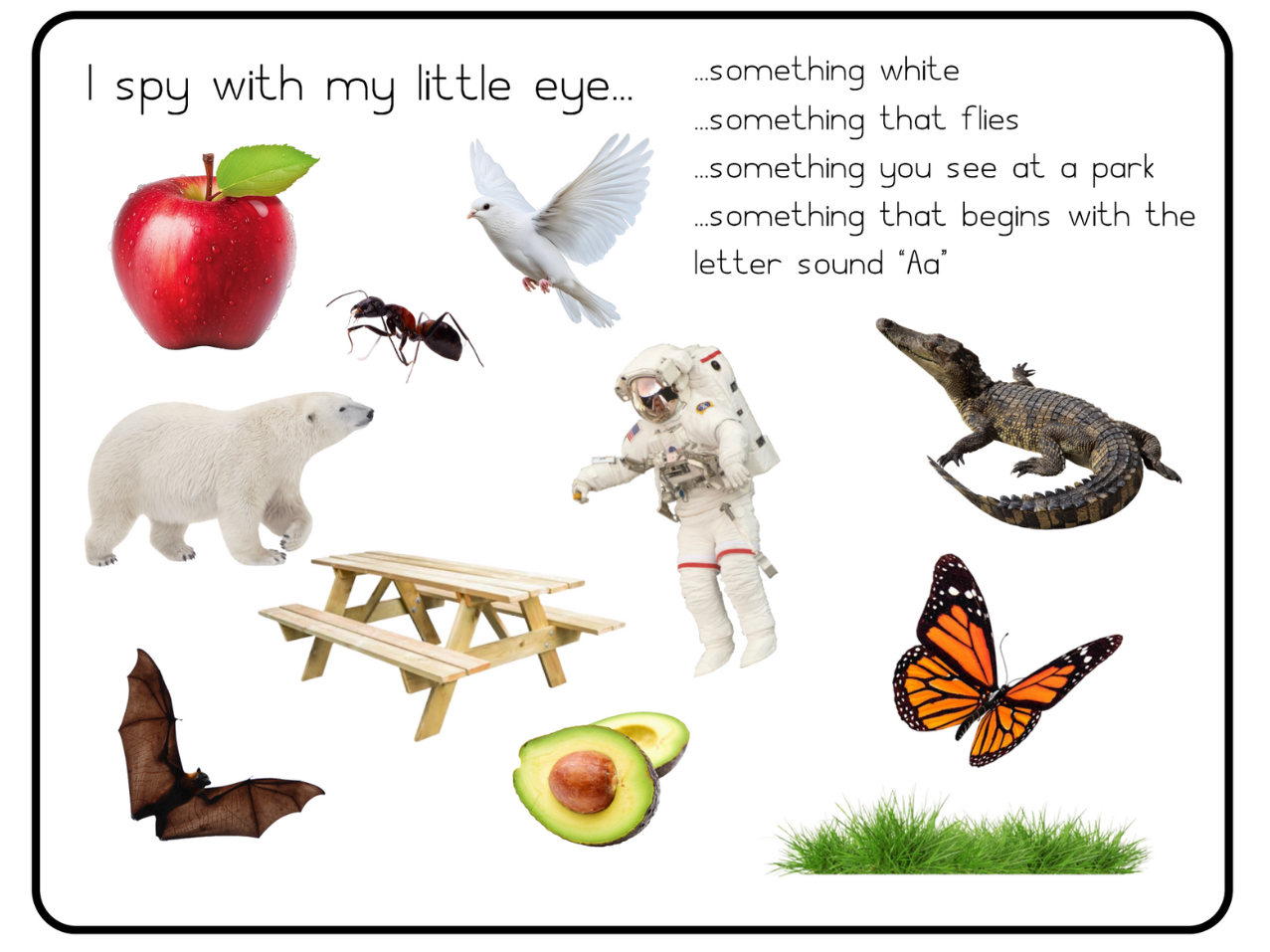Menu
-
-
Shop Holiday Items
-
Shop Gifts By Age
- Gifts For a 0-6 Month Old
- Gifts For A 6-12 Month Old
- Gifts For A One Year Old
- Gifts For A Two Year Old
- Gifts For A Three Year Old
- Gifts For A Four Year Old
- Gifts For A Five Year Old
- Gifts For A Six Year Old
- Gifts For A Seven Year Old
- Gifts For An Eight Year Old
- Gifts For A Nine Year Old
- Gifts For A Ten Year Old
-
Shop Gifts By Budget
- New Arrivals
-
Toys
- Large Active Toys
- Animal Toys
- Arts & Crafts
- Award-Winning Toys
- Bath Toys
- Birthday Wishlists
- Building Toys
- Cars, Trains, & Trucks
- Games
- Instruments
- Loose Parts Play
- Loot Bag Toys
- Made in Canada
- Outdoor Toys
- Pretend Play
- Puzzles
- Sensory And Fidget Toys
- Sensory Bin Tools & Fillers
- STEM Toys & Activities
- Toronto-Themed Gifts
- Travel Toys
- Wooden Toys
- Waiting Room Toys & Furniture
-
Montessori Materials
- Montessori At-Home Program
-
Montessori Furniture
-
Bundles & Sales
-
Books
-
Shop By Age
-
Shop By Brand
- Brands A-F
- Brands G-L
-
Brands M-R
- MagicPlaybook
- Magna Tiles
- Make Believe Ideas
- Makedo
- Manhattan Toys
- Math for Love
- Milaniwood
- MindWare
- Mojo Toys
- Moluk
- Moulin Roty
- Native Northwest
- nic
- Nienhuis
- Ooly
- Opinel
- Ostheimer
- Papoose
- Peaceable Kingdom
- Plan Toys
- Plus-Plus
- Preschool Collection Watches and Timers
- Ravensburger Puzzles
- Real Life Pages
- Brands S-Z
-
- 866-901-4696
- Gift Registry
- Login


The Power of Redirection in Helping Your Child Manage their Emotions
2 min read
When a child has a meltdown, most child psychologists, educators, and gentle parenting advocates are in agreement about what to do.
They all emphasize the importance of doing these 3 things:
- Step 1. Give your child the time and space to "feel their big feelings".
Crying, yelling, or any other safe expression of emotion is ok. This can be hard to sit back and watch as a parent, especially if you weren't raised to give space for feelings like disappointment, grief, or frustration.
- Step 2. Validate their feelings - "You must be so frustrated that we don't have time to go to the park"
- Step 3. Comfort them - offer hugs, snuggles, or simply be near, if that's all they want.
But in some situations, this is not enough. Young children or really anyone (yes, even adults), can get stuck in their feelings.
Sometimes we all need a little help to get us out of a grouchy mood.
This is where redirection can help.
The Power Of Redirection
Once we have helped our children process their initial feelings of disappointment, frustration, etc (Steps 1-3), we can redirect them towards something they can do or can have instead.
Redirection can feel kind of like a cop out but it works really well to bring children back to a place of calm, where you can then have a discussion about the situation.
You don’t want to use redirection to pretend like the feelings didn’t happen, it’s simply a strategy you can use to disrupt the energy.
For example:
- "I can’t let you draw on your bedroom walls but how about we have an early bath and you can use your bath crayons to draw on the walls in there."
- "It’s not safe for you to jump off the stairs but you go in the living room and jump off the couch."
- "You really wanted a granola bar but they're all gone. Would you like Cheerios or apple slices instead?"
You could also use any of these strategies for redirection - 7 Easy Ways To Reset The Mood At Home (Works For Parents & Kids!)
Redirection Also Helps When You Feel Like The "Fun Police"
Young children hear the word "no" a lot.
Redirection allows us to use no less often and save it for the times when you really need your child to stop doing something immediately. For instance, when a behaviour is unsafe.
Redirection works really well because young children are determined to do what they want to do and they can’t cognitively understand WHY you’re saying no.
Instead of "no", "stop doing that", "get down from there", or any other variation of no, you can offer something that your child can do instead.
Key Takeaway
If there's one key takeaway from this email, it's that tantrums are not teachable moments.
You both have to be in a place of calm before you can move forward.
Redirection works really well to do that, especially for young children that are still developing their self-regulation skills.
Join Our Montessori Community
Sign up to get weekly activities, free printables, Montessori parenting guidance, and so much more.
Plus, get $10 off your first order of $100+.
Like this article? Get new articles, weekly activities, free printables, Montessori parenting guidance, and so much more.
One mom recently shared:
"Your newsletter is always SO great. It is one of the few I open and read weekly. You provide so much value. Thank you!"


